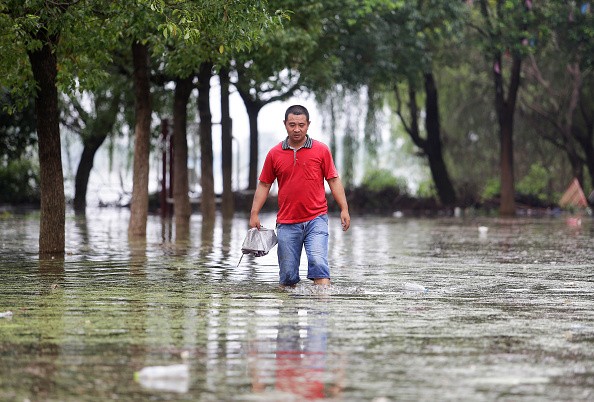Chinese authorities on Thursday said it will "prepare for the worst and strive for the best" after more than 200 people died from floods in the country.
"Although the water levels in middle and lower reaches of the Yangtze River are slowly dropping, most are still above warning levels," Zhang Jiatuan, a spokesperson for the Office of State Flood Control and Drought Relief Headquarters, told the Xinhua News Agency.
Zhang noted the situation as "still quite critical" as central and eastern parts of China are expected to see a fresh round of torrential rain in the next couple of days.
More than 1,508 counties in 28 provinces have reported floods, with 237 dead and 93 missing as of Wednesday.
An estimated 147,200 houses have been destroyed, Zhang said, adding that over 5.46 million hectares of farmland are now submerged in floodwaters.
According to Xinhua, direct economic losses caused by the floods were at 147 billion yuan ($22 billion).
China's central and southeastern regions have borne the brunt of the damage and, as the rainy season continues, "the possibility of flooding in northern rivers cannot be ruled out," Zhang said.
Securing dikes, especially the old and ill-maintained ones, will also prove to be a "major yet difficult" task in the future, he added.
Huang Xianlong, another official with the Office of State Flood Control and Drought Relief Headquarters, said that up to 800,000 people have been working on the dikes.
Meanwhile, the government will closely monitor for new typhoons and address hazards.
Typhoon Nepartak, the first to hit China this year, made landfall in southeast Fujian province earlier in July, killing 21 and leaving 13 others missing, local authorities said Thursday.
Huang also dismissed reports of the Three Gorges Dam, the world's largest hydropower station built a decade ago to control flooding, being useless and counterproductive.
"In fact, the more critical the situation is, the more obvious and positive the dam exerts its role," he said.



























